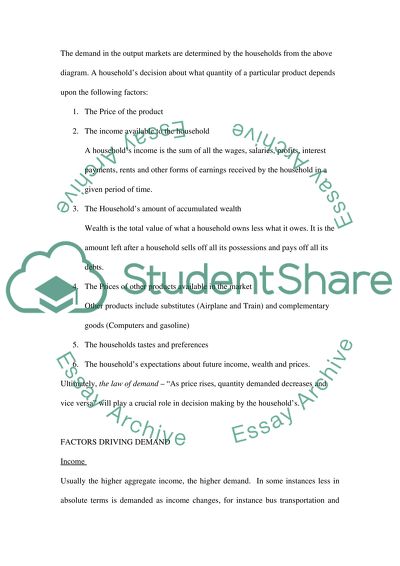Cite this document
(“Principles of Economics: Learn by Doing Research Proposal”, n.d.)
Principles of Economics: Learn by Doing Research Proposal. Retrieved from https://studentshare.org/macro-microeconomics/1521277-business-and-managerial-economics-essay
Principles of Economics: Learn by Doing Research Proposal. Retrieved from https://studentshare.org/macro-microeconomics/1521277-business-and-managerial-economics-essay
(Principles of Economics: Learn by Doing Research Proposal)
Principles of Economics: Learn by Doing Research Proposal. https://studentshare.org/macro-microeconomics/1521277-business-and-managerial-economics-essay.
Principles of Economics: Learn by Doing Research Proposal. https://studentshare.org/macro-microeconomics/1521277-business-and-managerial-economics-essay.
“Principles of Economics: Learn by Doing Research Proposal”, n.d. https://studentshare.org/macro-microeconomics/1521277-business-and-managerial-economics-essay.


